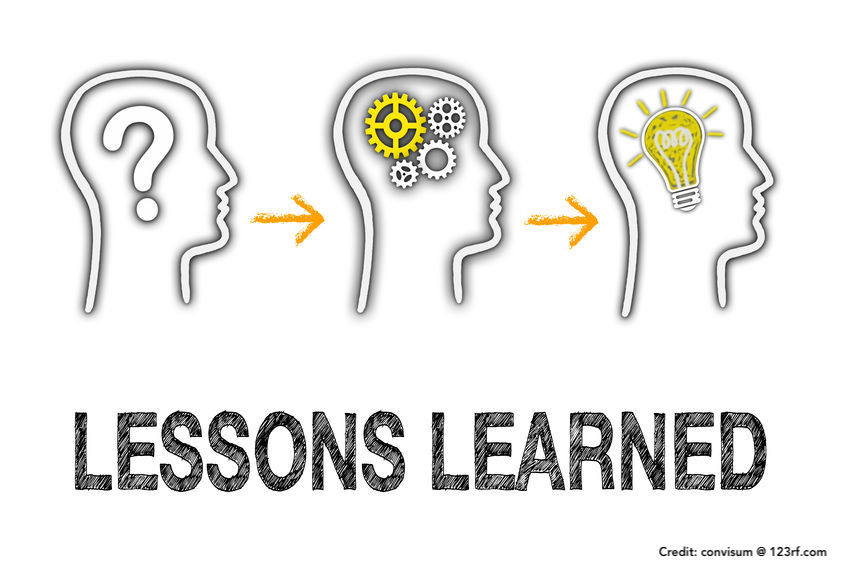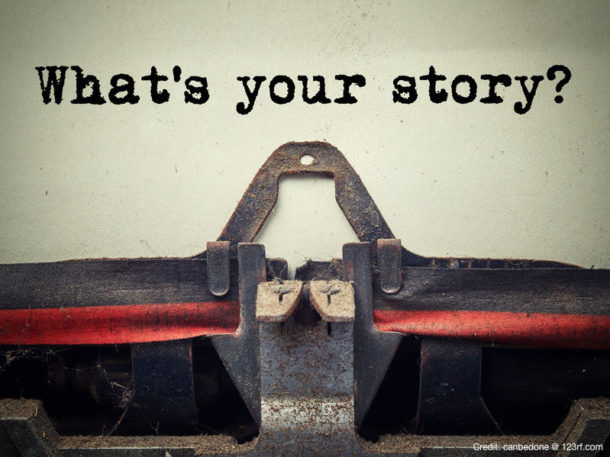Reading time (250 wpm): 4 minutes.

Lesson #3 – Communication is a Two-Way Process
I learned a lot about life while I was developing my practice as a massage therapist. Here’s one more that may be valuable to you.
When I was first learning the basics of massage, I focused on what I was doing with my hands. Massage is one of many complementary therapies that are referred to as manual therapies because the effects are delivered with the therapist’s hands.
While learning to work this way with my hands, I began to notice tight areas in my client’s bodies. It felt like there was a tight bungee cord under their skin where there should be muscle. This was a tight, sore area in the muscle that needed more attention.
Finding these ‘bungee cords’ in almost everyone, I came to understand that our hands are made for both giving and receiving. We use them to give and receive physical items and feelings, sensations.
Depending on the situation, I may be paying more attention to giving in the form of affecting things in my physical world, like the typing I am doing right now on my laptop. At other times, like when I reach out in a very dark room to turn on the light, I am primarily paying attention to what I am feeling with my fingers. When I feel the light switch, I switch to using my fingers to flip the switch.
Giving and receiving
As the learning progressed, I could feel tight areas in the muscle while giving a massage stroke.
It was easiest for me to separate the two processes and feel for tight muscles and then focus on applying pressure to that tight area. This is probably the case for most of us because these two functions use different areas of the brain. But with practice, we can learn to switch between these two activities seamlessly. So much so, that it appears to be a single action.
How This Applies to Life in General

This process of giving a massage can be likened to interactive (two-way) communication which consists of ‘listening’ (receiving) and ’speaking’ (giving).
There are many forms one-way communication where the information is primarily (or exclusively) flowing in one direction. This blog post will mostly be a one-way communication unless you decide to leave a comment below or connect with me by email.
Today we have many more forms of communication than our parents did. And it all boils down to ‘listening’ and ’speaking’, receiving and giving. These communication forms of giving and receiving also take place in separate areas of our brains. So, it seems natural to keep them separate, to either give or receive at any given time.
Synchronous vs asynchronous communication
Synchronous communication is when you are talking with someone in person or on the phone. In this case, the speaking and listening occur one right after the other, back and forth. I speak while you listen and then we reverse the roles.
With asynchronous communication, the speaking and listening are separated more in time. The original form of asynchronous communication was regular mail. It took time to compose the message and still more for it to be delivered. Then the process might be reversed providing a reply in days or weeks. This is fast becoming a lost form of communication.
Today’s asynchronous communication, email and texting, can be almost as immediate as speaking on the phone.
When the speaking and listening are separated by less and less time, I might assume that I know what you are going to say, what you really mean, based on my history with you and the first few words you said. So I stop really listening to you part way through and being mentally preparing my reply. There is a big cost, an invitation for misunderstanding.
If I really want to accurately feel what is going on in a massage client’s body, I need to momentarily suspend the ‘giving’ with my hands and just receive. I need to devote my full attention to what I am feeling to perceive it most accurately.
Similarly, in verbal communication, there is more available to perceive than just the words that are said. There is tone, the speed, the emotional quality of the voice, it’s musicality. These all provide additional information that is above and beyond the words. If I can see them while they are speaking, there is still more information available in their facial expression, their posture, their gestures, etc.
Receiving all of this information allows for a more complete and accurate understanding of what someone is communicating to me and, therefore, allows me to better respond to their message.
So in order to communicate most effectively, I need to fully listen when someone is speaking to me. It is also valuable to ‘listen’ to them while I am speaking, to pay attention to the visual and audible cues they are giving me that might indicate how well they are understanding and whether they agree or disagree with what I am saying.
All this leads to a deeper understanding of each other which, after all, is what communication is about.


There is certainly a great deal to know about this subject. I love all the points you made. Selinda Alic Auvil
So glad to hear that you found this post useful. You may also enjoy the other Lessons posts.
Hello. This post was really motivating, especially because I was investigating for thoughts on this issue last Tuesday. Rafa Kris Skell
So glad you found this helpful. You might enjoy the other related Lessons posts.
There is a bundle to find out about this. You made nice points also. Ashlan Raoul Merdith
Thanks, glad you enjoyed it. You might want to check out the other related Lessons.